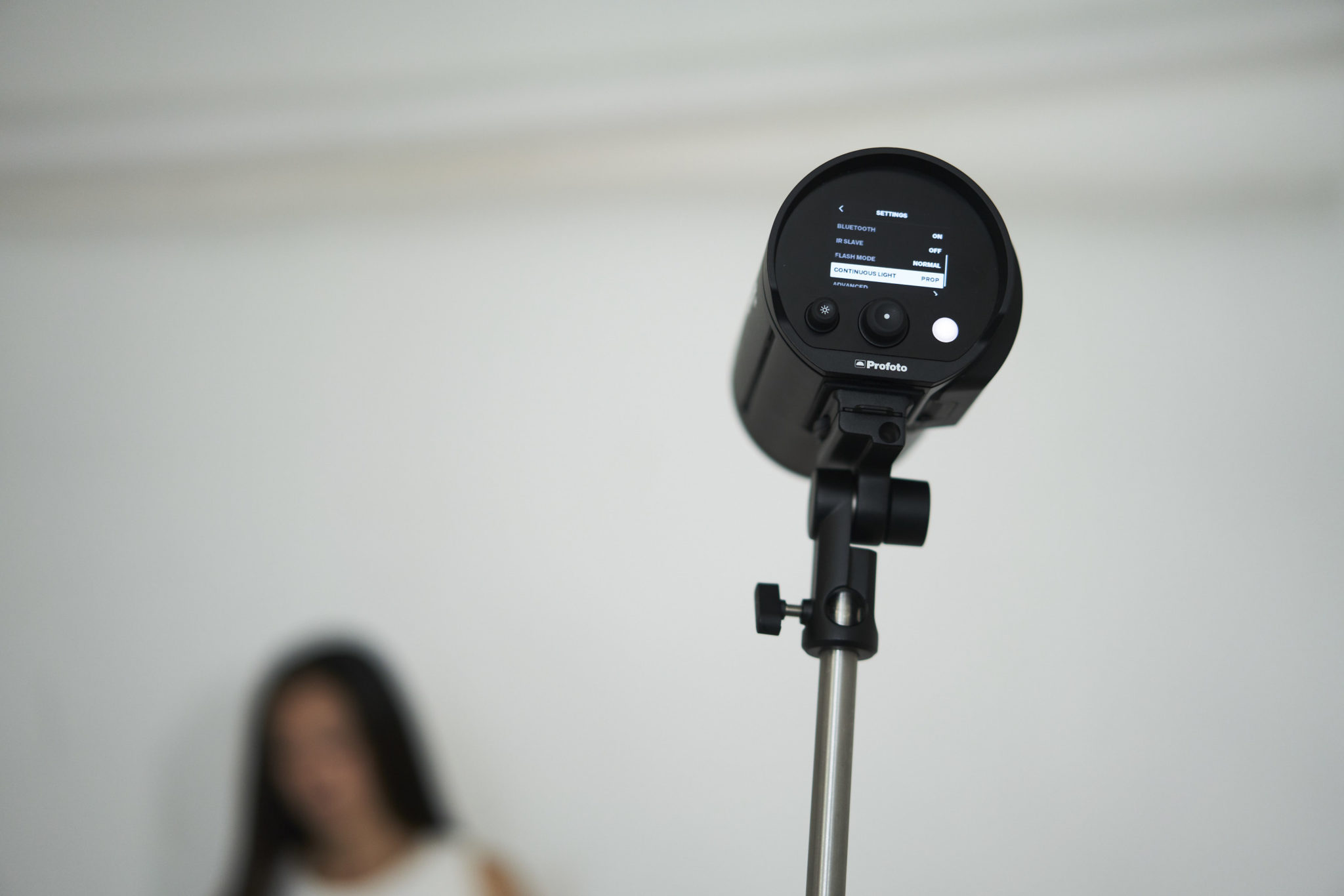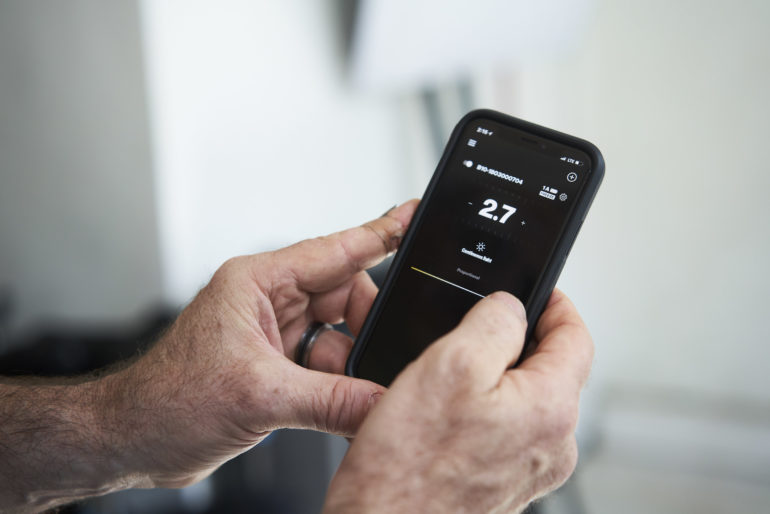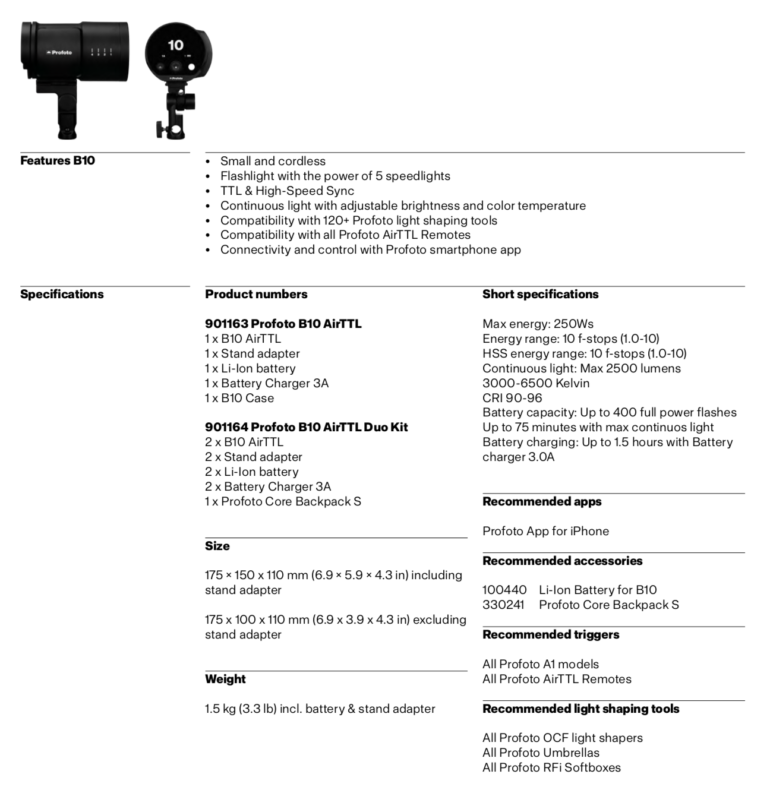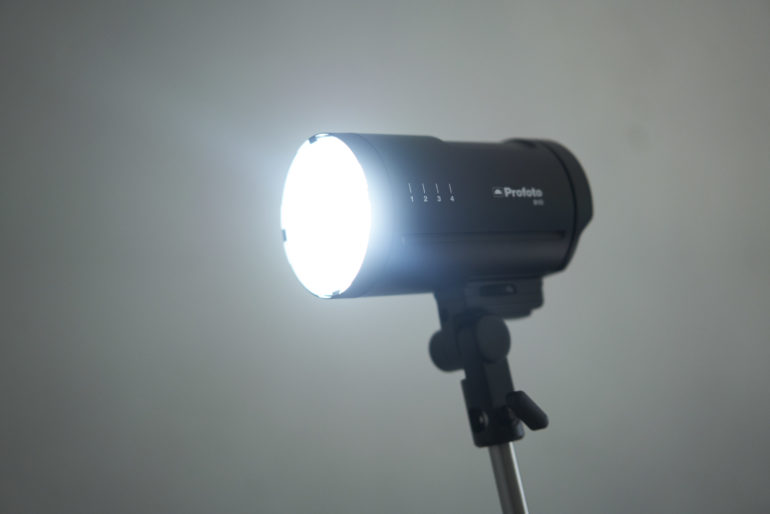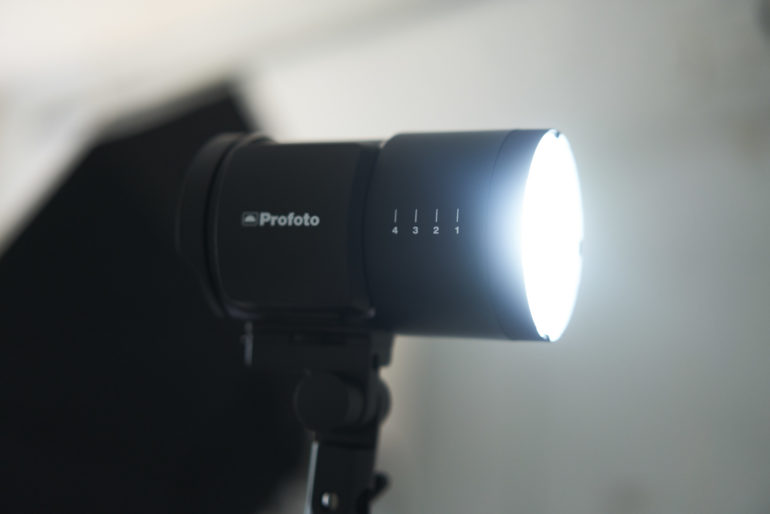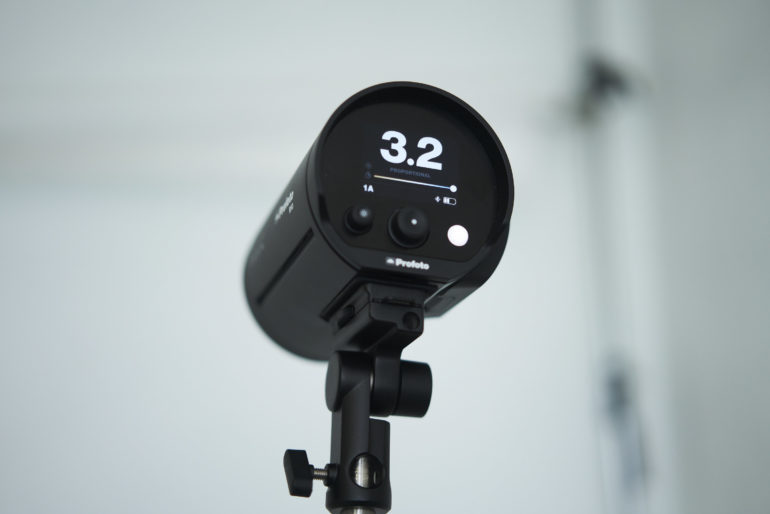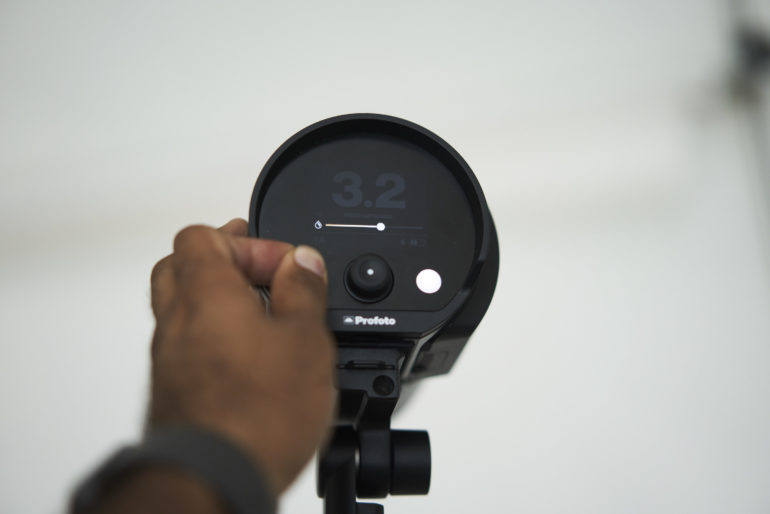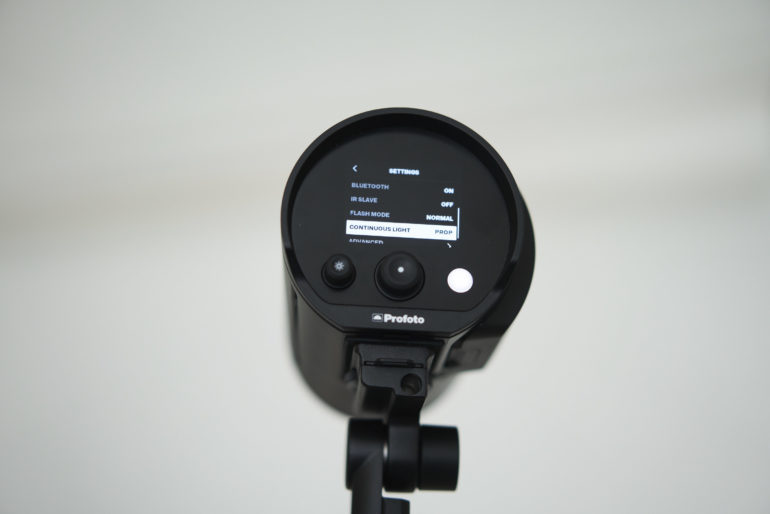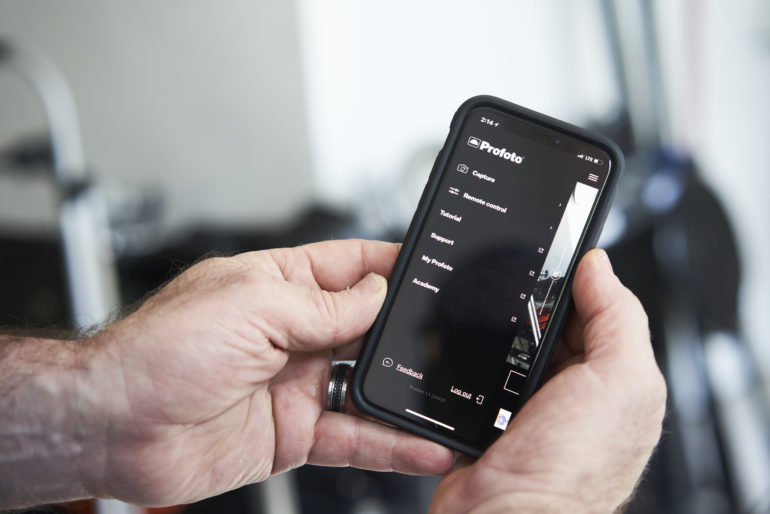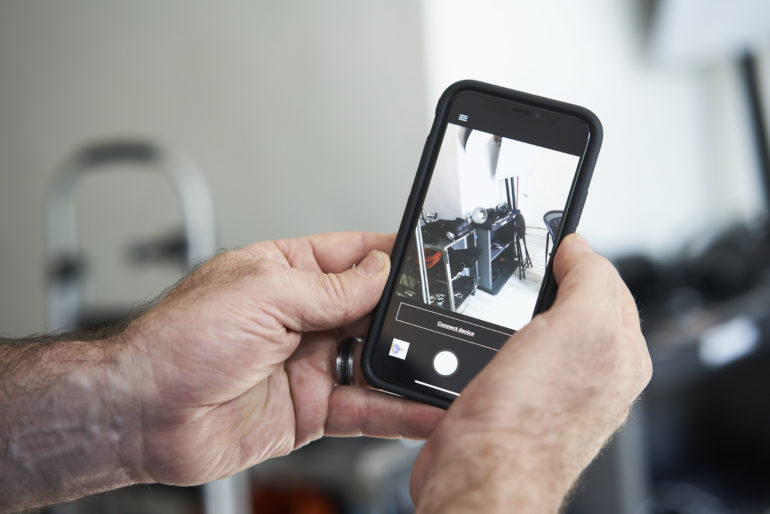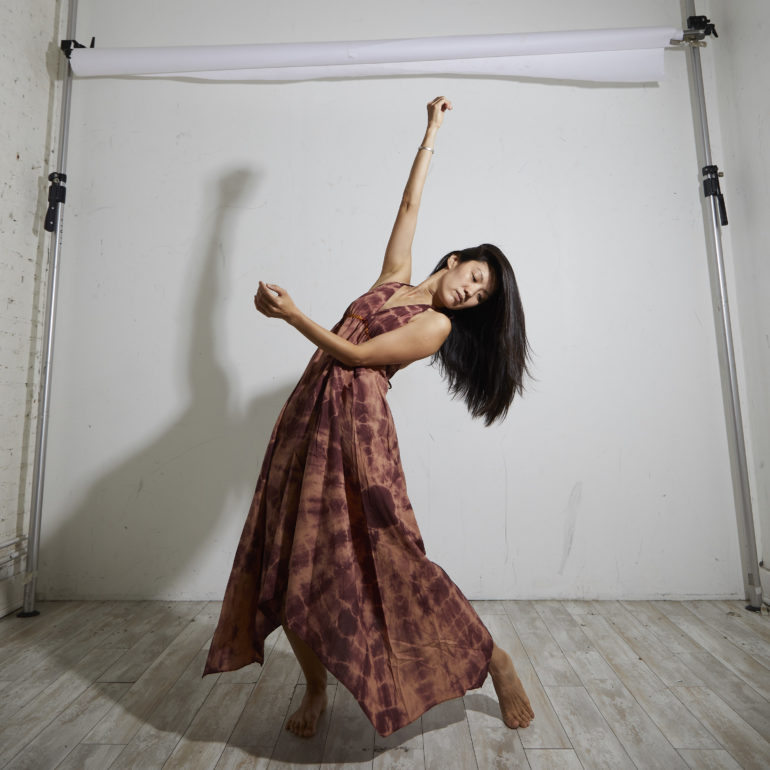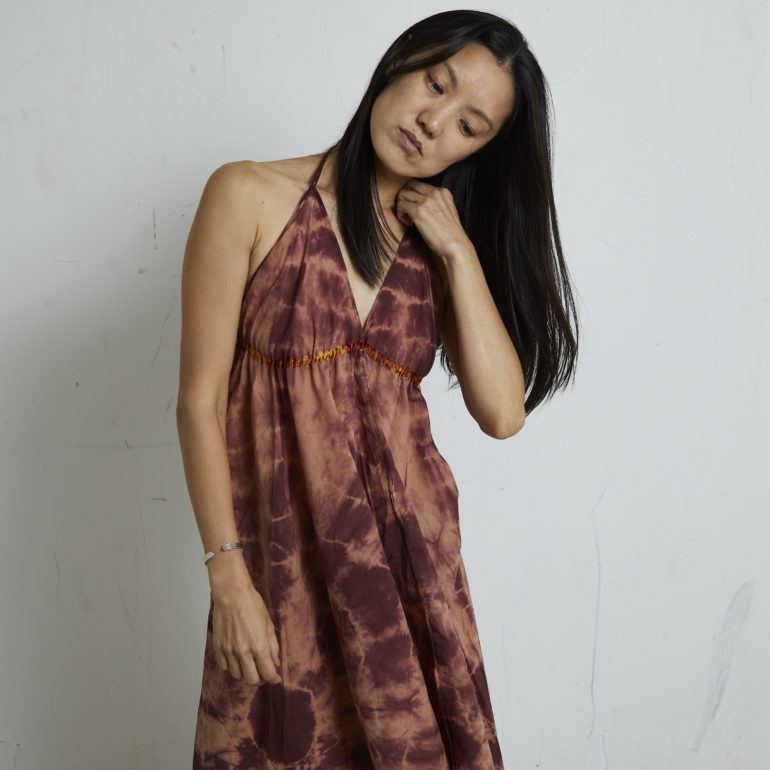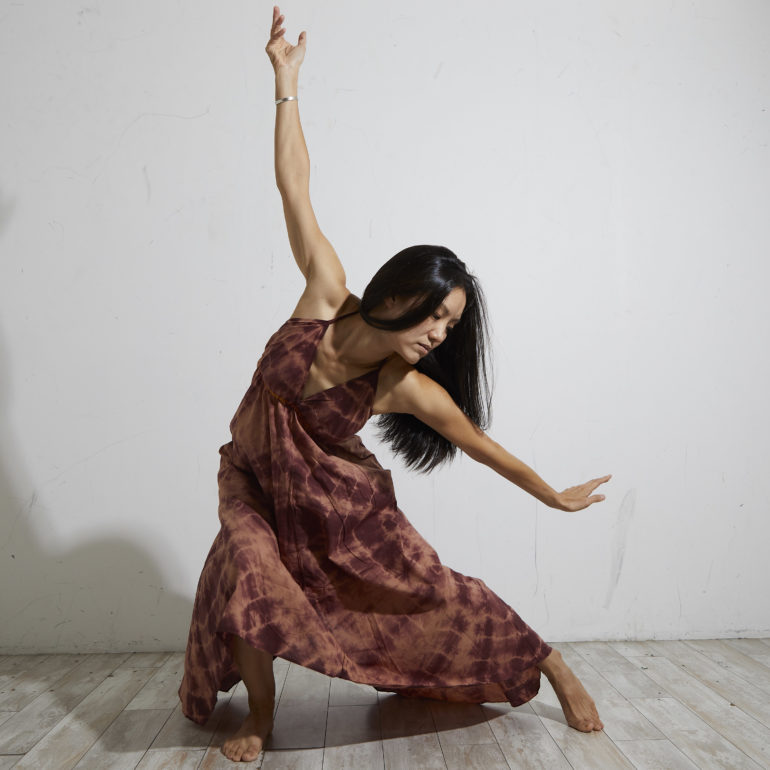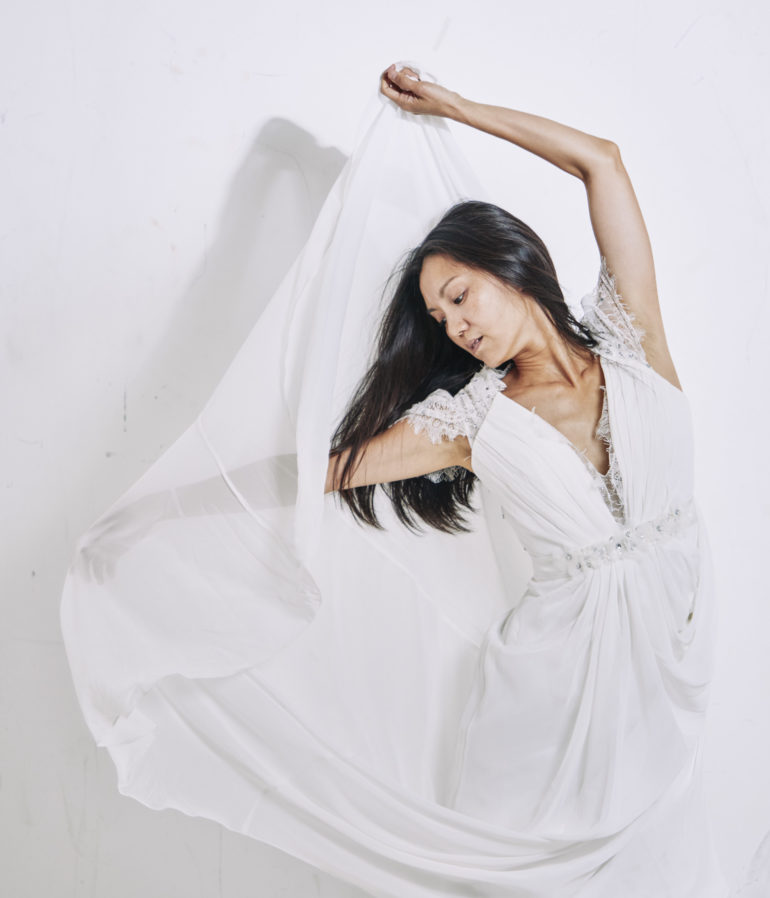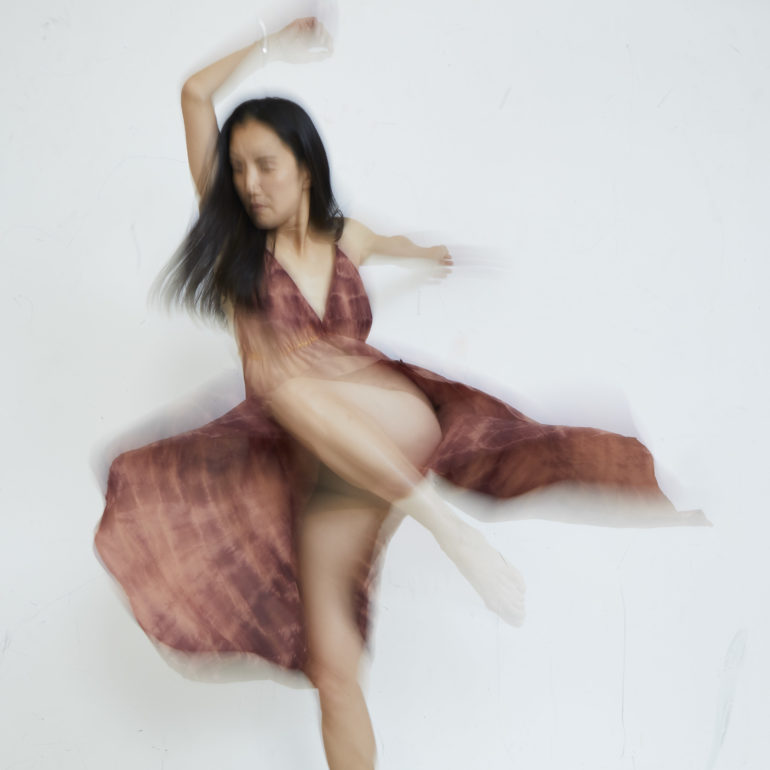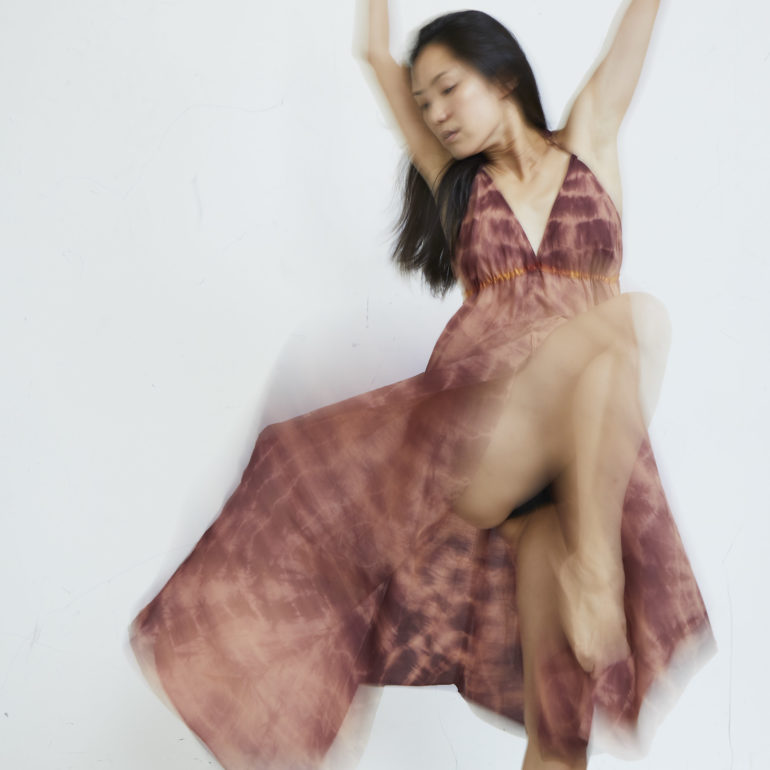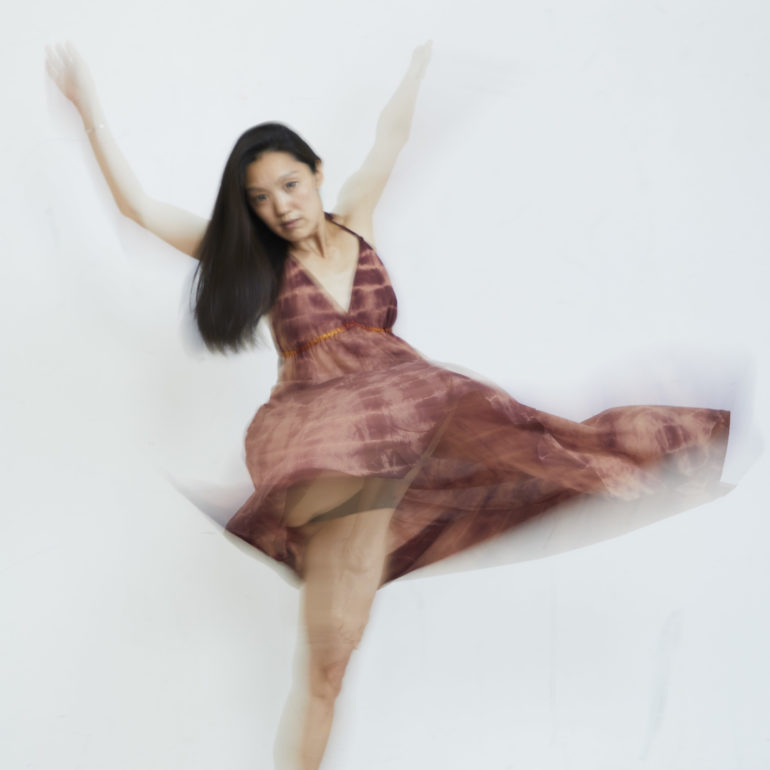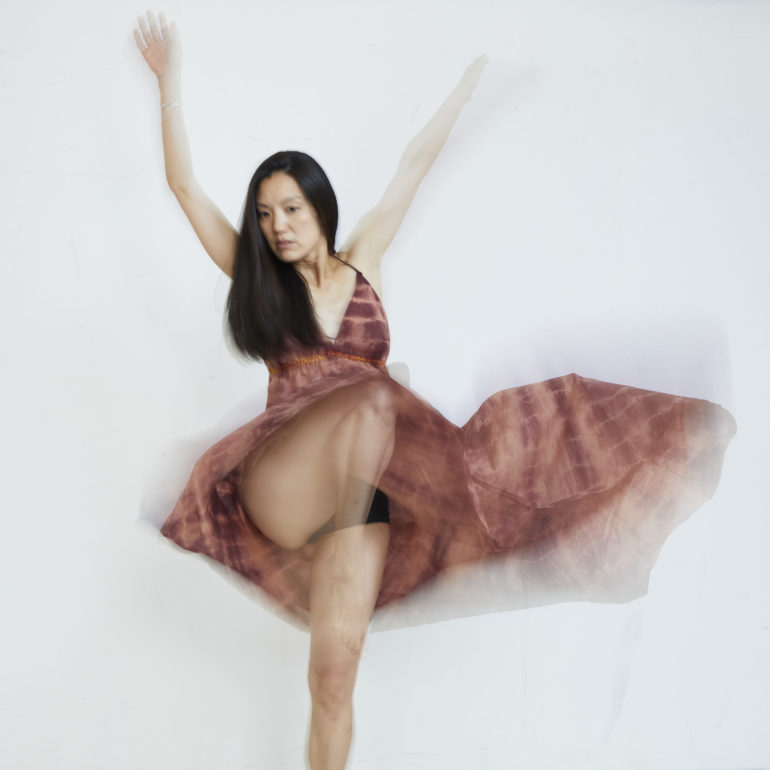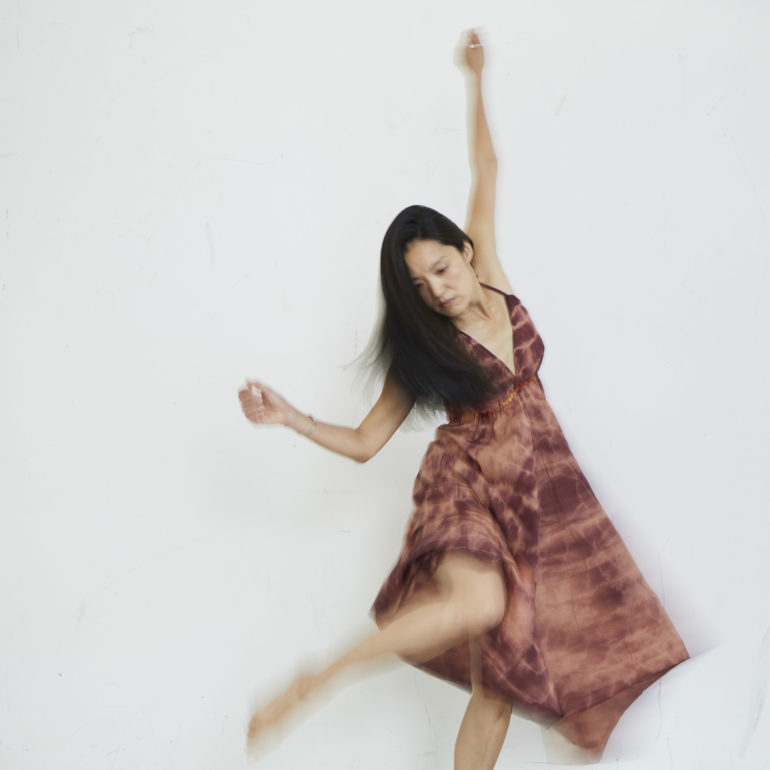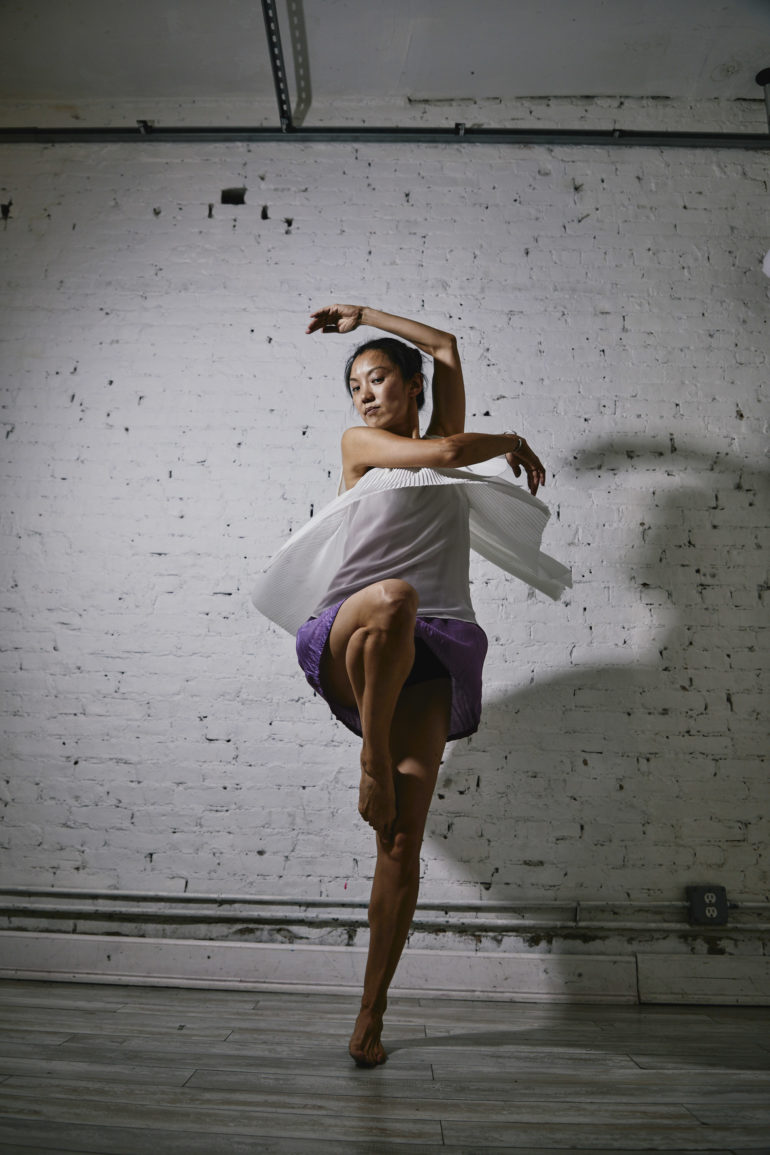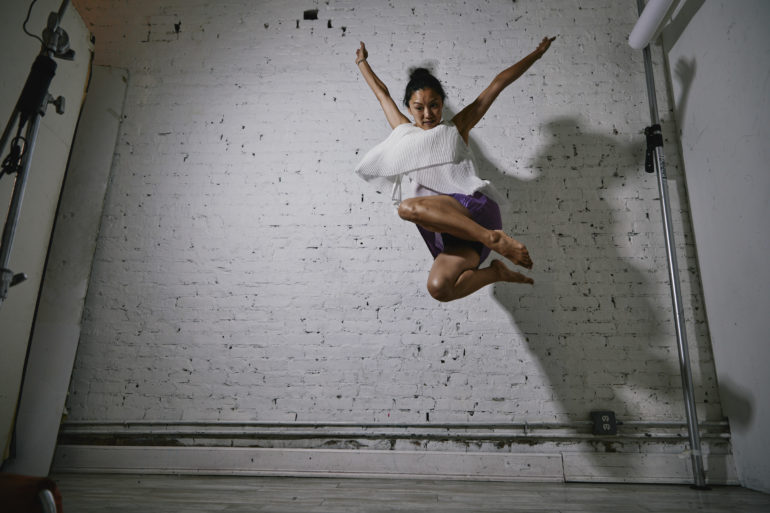Last Updated on 09/19/2018 by Mark Beckenbach
The Profoto B10 is the one light that I’ve been wanting for many years.
As you can already tell, I’m a fan of the newly announced Profoto B10 light. For years I’ve been looking for something more powerful than a small hot shoe flash. I wanted something that stays small and it didn’t need to be as powerful as the B1, B1x, or the Einstein E640 that I used to call my bread and butter light. With the sea of products that Godox releases and that B&H Photo and Adorama rebrand, you’d think that there are lots of great lights out there. And there are, but they’ve got problems.
Editor’s Note: No, this isn’t a paid ad. It’s genuine. We are very upfront with what content is sponsored and we’re also up front about that type of content.
I never really thought about this in full until I took a step back and listened to a few photographers whom I work closely with. The house brand stuff is good, and it’s reliable enough until it isn’t. For a few years now, I’ve had misfires and TTL issues with Godox, Impact, Flashpoint, etc. They work around 90% of the time, but then I’ve had build quality issues with them too. My Orlit Rovelight has had the knob fall off and the battery takes forever to power up. But it works well enough. Then in a few years you go ahead and replace it. That works fine for photographers who genuinely don’t shoot each week.
My journey with lights started with the Canon 430 EX II, then the Canon 580 EX II, then the Phottix Odin system and their flashes, then that lived alongside the Einstein E640, then Lumopro, then Flashpoint lights, then Impact, then Flashpoint, then Orlit, and at the moment of my writing this I use a combination of Godox and Flashpoint lights. You can sing their praises as much as you want but none that I’ve used for long periods of time (with the exception of the Einstein) has worked out in the long run. If Paul C Buff and company would just make a Vagabond battery pack that wasn’t affected by the modeling light, they’d probably still have my business.
Today, Profoto is announcing their brand new Profoto B10. This unit is:
- More powerful than five or so speedlights and maybe three times more powerful than other third party hot shoe flashes
- Around the size of a 70-200mm f2.8 lens
- Has Bluetooth control built in
- Has a continuous lighting option with variable color temperature
- Works with the Air system
- Has TTL, HSS, freeze mode and a bunch of other cool options
- Is small
- Lightweight
- Reliable build quality; I don’t expect it to fall apart
- Consistency with firing and communication that I haven’t really gotten since working with Phottix and Pocketwizards via the Einstein
- Color temperature that doesn’t vary too much in freeze mode and otherwise stays consistent
- Is perfect for location work
Tech Specs
Ergonomics
The Profoto B10 is a very small light. If I had to equate it to anything it would be to a 70-200mm f2.8 lens.
On one side is the battery pack. Profoto’s packs are pretty seamless in their design and don’t hang out a lot from the unit.
On the back is where all the action happens with the Profoto B10. You’ll find a big LCD screen, test button, power and main dial, and the dial for adjusting the modeling lamp.
Build Quality
The Profoto B10 is very solid. It doesn’t feel as heavy and weight as the B1x and it feels a tad more hollow than something like the A1 series of flashes. But the build quality of the B10 really can’t be faulted at all. I’m not too sure about how it will stand up to inclement weather as I spent all of three hours with the pre-production unit. However, I think that the build quality is more than adequate enough to be brought onto any location shoot and you shouldn’t need to worry about any sort of major issues. I’m positive that it can stand up to dust and a lot of the other environmental factors that may be around.
In contrast, I’m not sure that anything from Godox or the rest could do that. With all fairness though, when buying one of those units you accept that because they’re so cheap you’ll buy another one. Nothing I’ve held from Godox or the other retail house brands feels as solid as the Profoto B10.
Ease of Use
The Profoto B10 uses much of the same simple interface that other Profoto lights use. But there are new additions here such as Bluetooth control via the app. Broncolor has had this for years and now Profoto does. Otherwise you can control everything from the remote control (ideally the best way) and by going up to the light.
The Profoto B10 app has a number of guides and resources. You can log into your account, and you can also obviously control the light.
With the app, you can control the power output of the flash and the power of the continuous modeling lamp. You can also adjust parameters like the color temperature. You can do things like naming your lights to differentiate them. Additionally, you can use a camera app built within the Profoto app to take a photo and preview what the scene will look like. While I didn’t personally use the Profoto app, I’m very confident that I’d be able to figure it out on the fly. For what it’s worth though, I think that it would be more useful for a photographer using something like a PocketWizard or something. To get the most from the Profoto B10 you’re obviously going to need to use their transmitters. Their transmitters are a no brainer in my opinion.
Image Quality
One of the reasons why photographers use Profoto lights to begin with is color consistency. If you’re manually setting your parameters, manually white balancing, etc, then this light will give you the most color consistency. Ideally, it will mean less syncs needing to be done in post-production. This goes even further if you’re using gels. Then there is no guesswork needed. Profoto lights have also always given off a very specific, high end look. With the Profoto B10, I feel like that look has been dialed down quite a bit. Of course, these aren’t the more powerful lights that the company has either.
Standard Flash Output
The Profoto B10 will give off output that looks like a light that has the power of a bunch of speedlights/hot shoe flashes. For sure, it isn’t the super powerful 500 watt seconds lights that you may be used to otherwise. Because of confidentiality reasons too, I chose to use the Profoto B10 in a studio. We knew about the units for weeks before the announcement and if I brought it out to a location we risked the public seeing it.
For what it’s worth, the Profoto B10 is designed to be used on location with ambient lights, overpowering the sun, getting you a fast flash duration, etc. I’m positive that in most situations it will be more than good enough for something like that. In a studio where you’re trying to control all of the light, I think that you’re best off using it with a higher ISO setting like ISO 400 or higher. This goes double for using a light modifier like Profoto’s beauty dishes or an umbrella. Personally I adore large umbrellas and I’m very curious to see how this light will perform with a six foot umbrella.
I found the TTL output to be adequate. But at the same time, I find that with the way I like to light things I’ll most likely set it to manual mode to get the image I want in the first place.
Second Curtain Sync
Second curtain sync for some camera systems can be a pain. With Canon it has always been a thorn in their side and with Sony, only external systems can do 2nd curtain flash sync. The Profoto B10 can do that. Again, I genuinely think the Profoto B10 is powerful enough to be the only light in the scene, unless you’re specifically going for that look.
Freeze Mode
In freeze mode, the Profoto B10 delivers output that has a super fast flash duration and also has some variability with color consistency. You’re accepting that when you use it. I’m not totally sure what the number is on that flash duration, but I’m sure that it’s super fast to otherwise be killing this much ambient light in the scene.
First Impressions
I really like the Profoto B10 thus far. I think that for me it could be the perfect light and so I’m going to put in an order for one. As a photographer who mostly shoots on location and not in studios anymore, plus someone who blends ambient lighting with my own created lights, the Profoto B10 could be a perfect option for me. It gives me lots of light output, I can use it with umbrellas and such, and it’s compact.
I’m eagerly awaiting using it on a location shoot and I will soon.


